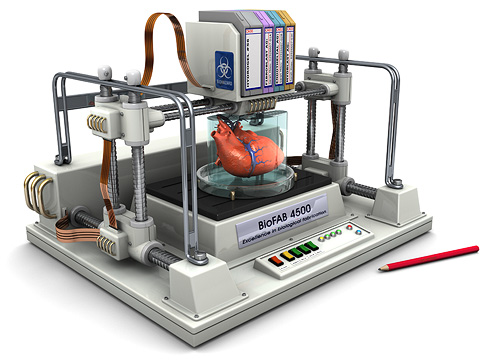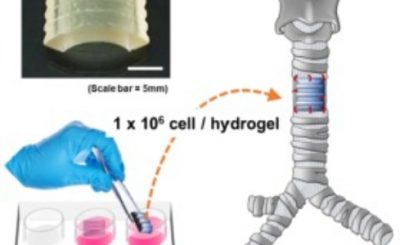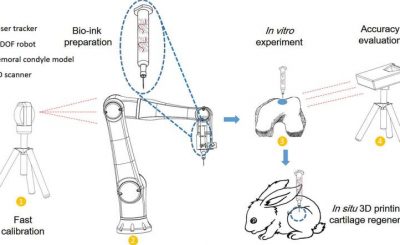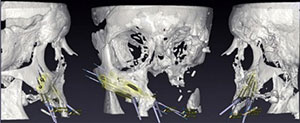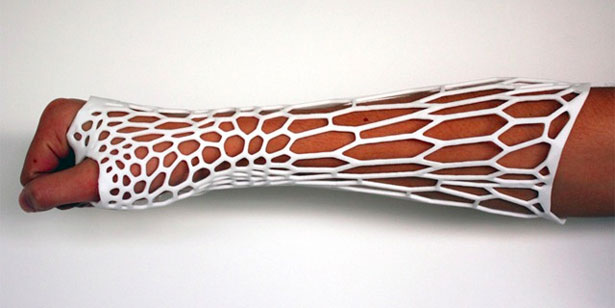The Flextensor is one of the latest additions to the range of 3D printable prosthetics created by e-NABLE, a network of passionate volunteers using 3D printing to give the world a “Helping Hand.”The stand out feature of the new addition to this growing range of basic living, lifestyle-enabling 3D printed parts from e_NABLE is that this robotic hand does require a wrist to direct the force to pick up paraphernalia as this increasingly design-honed set of contemporary artificial body parts removes the need for elastics.

Peter Binkley (profbink) is one of the most active designers in the e-NABLE community. Peter is the creator of 
With massive cost efficiencies, as much as $50 (e_NABLE) vs $50000 (traditional prosthetic): worth greater still is the life-style enablement, life-quality enhancement and general well-being for good health. The Flextensor, further reduces the number of components needed to make a quality prosthesis, including eliminating the requirement for elastic all together.
Peter says: “…A mechanical solution that would completely eliminate elastic resistance. In early November 2013, after tossing ideas around, I sketched a mechanical device on a piece of paper. As the idea took shape, it occurred to me that such a device would be superior from a therapeutic standpoint – since the user works both the flexors and extensors of the wrist.The extensor was still too complicated… I decided to have all the extensor lines anchoring through the same hole.Then I joined the extensor block with the pivot to further simplify the design.”
The Flextensor adds to an increasingly impressive library of 3D printable files by the project that already includes: The Cyborg Beast, The Talon Hand, The Odysseus Hand, Second Degree Hand, Owen Finger Replacement and The Limbitless Arm. The range of printable prosthetics increases further when we take a look over at MakerBot’s Thingiverse, totaling some twenty-one items. People are engaging with, and developing, the designs.
Peter closes: “I’m pretty satisfied with the mechanics, but need to focus on lowering the profile to make it a more compact fit. I also plan to incorporate a tensioner block instead of the set screw cable anchor I’ve been using. Then I’ll need to stress test it and make sure it will hold up to heavy use.With the next version, I am changing the name to Flextensor, since it does the job of both a flexor and extensor.I would love for some of our very talented friends to put some energy into this type of extension system!”
